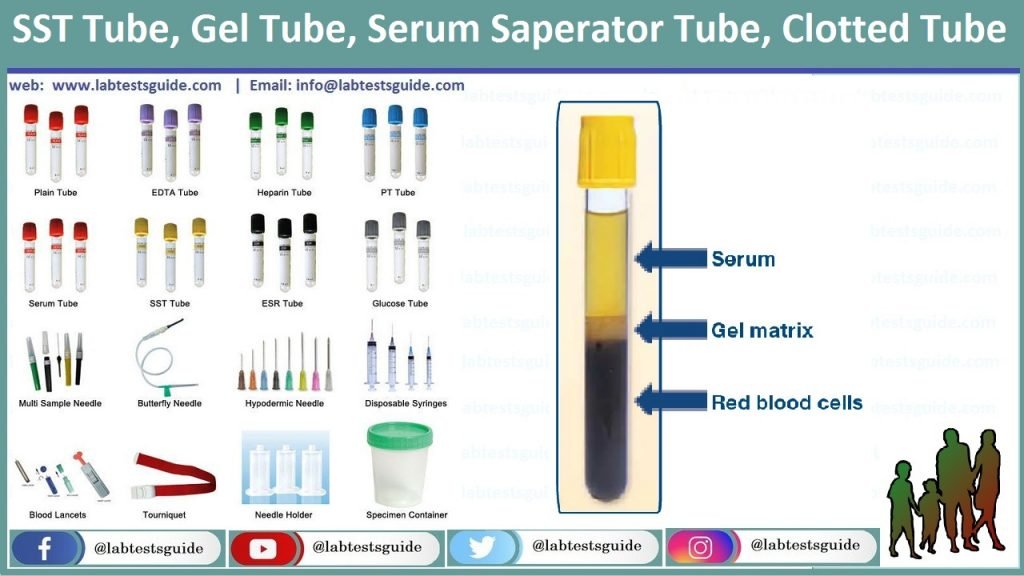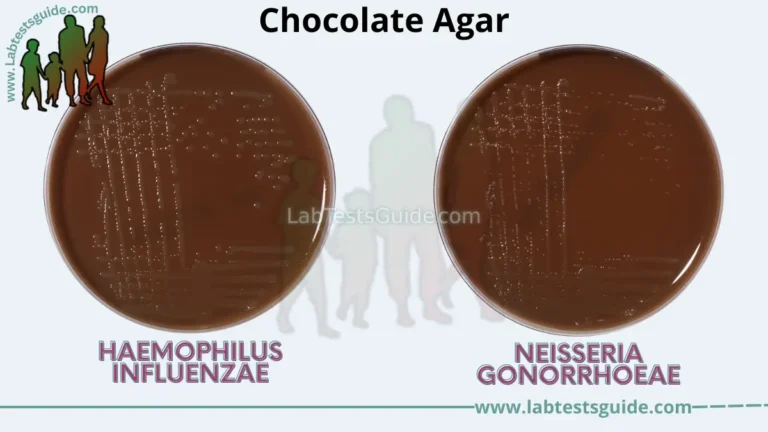Gel and Clot Activator Tubes are used to collect blood for clinical biochemistry and immunology. They can improve serum surface and prevent blood substance exchange between blood cell and serum. dvac Gel and Clot Activator Tubes are used for separation and examination of blood serum.

In blood, the serum is the fluid and solute component of blood after clotting. It is neither a blood cell (serum does not contain white blood cells– leukocytes, or red blood cells– erythrocytes), nor a clotting factor; it is the blood plasma not including the fibrinogens. Serum includes all proteins not used in blood clotting and all the electrolytes, antibodies, antigens, hormones, and any exogenous substances (e.g., drugs and microorganisms).
Specimen Containers
- Red-top tube: Contains no anticoagulant or preservative.
- Mottled red/gray-top, gold-top, or cherry red-top (gel-barrier) tube: Contains clot activator and gel for separating serum from cells, but not anticoagulant. Do not use gel-barrier tubes to submit specimens for therapeutic drug monitoring. Always check the test description to determine whether a gel-barrier tube is acceptable.
- Lavender-top tube: Contains K2 EDTA.
- Gray-top tube: Contains sodium fluoride (a preservative) and potassium oxalate (an anticoagulant).
- Blue-top tube (also light blue-top tube): Contains sodium citrate. Be sure to use only tubes with a 3.2% sodium citrate concentration. These are easily identified by the yellow diagonal stripes on the label.
- Green-top tube: Contains sodium heparin or lithium heparin.
- Yellow-top tube: Contains acid citrate dextrose (ACD) solution.
- Royal blue-top tube: Contains sodium EDTA for trace metal studies. Some royal blue-top tubes do not contain EDTA.
- Tan-top tube: Contains sodium EDTA for blood lead analysis.
- Plasma Preparation Tube (PPT™): Contains EDTA.
Possible References Used






0 Comments